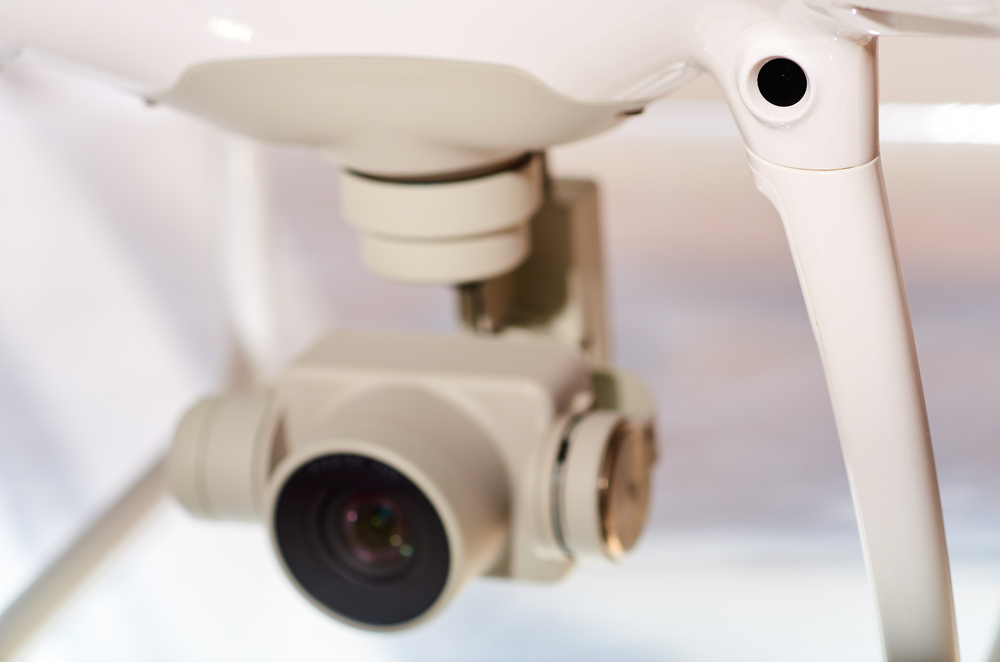
The Department of Homeland Security (DHS) Science and Technology Directorate (S&T) is looking to equip drones with different sensors other than cameras that may be useful in search-and-rescue, surveillance, active shooter response, hostage situations, and other scenarios.
The S&T has launched a program whereby it is seeking commercially available sensors. The selected sensors will be demonstrated at Camp Shelby near Hattiesburg, Miss., as part of S&T’s Robotic Aircraft Sensor Program (RASP). The goal of the program is to enhance DHS awareness of industry’s latest drone sensor combinations and capabilities. After S&T has established the requirements, vendors will have one week to demonstrate their tools.
“The main goal of the program is to identify new technology that will improve component operations,” Tim Bennett, project manager of RASP, said. “Other goals are to give hands-on experience to components, and to educate suppliers on the needs of CBP (Customs and Border Protection), ICE (Immigration and Customs Enforcement), and USCG (U.S. Coast Guard) so they can incorporate them into their products.”
Drones are expected to function in both day and night settings, doing everything from border surveillance to tracking specific mobile conveyances, people, or other targets. S&T is looking for drone systems to do things like provide a 3-D map of a specified region, classify targets and their potential threats, or even identify injured operators and the nature of their injuries.
“CBP, ICE, and USCG focus on operational requirements. When they need new technologies or tools, they turn to S&T. It is our job to understand their needs and find the tool or technology that meets them,” Bennett said.
As part of the program, officials from CBP, ICE, and USCG will be taught to use the selected devices. Then the drones will then be put through a variety of specific demonstrations, such as ease of handling, for example.
Sensors could be related to media and data applications, such as smart technologies or the Internet of Things. They may also identify heat, metal, and location. Sensors that speak a common language and pass data in a standardized way will allow for elevated situational awareness of users in the field as well as command centers.
“We are also working with the National Aeronautics and Space Administration, Department of Justice, Department of Defense, and National Institute of Standards and Technology, on this and other UAS programs,” Bennett said.

